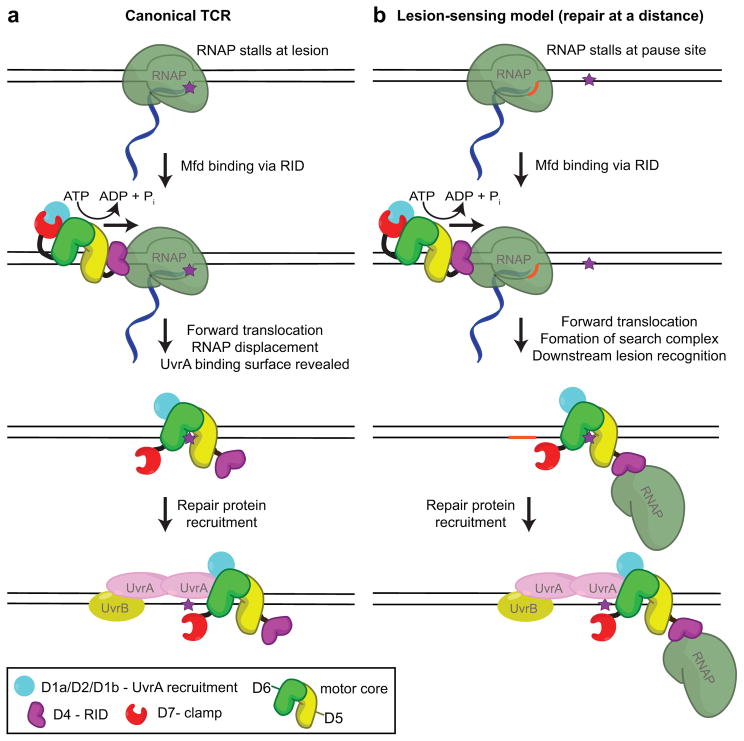Figure 2. Mfd-dependent TCR and repair at a distance.
(a) In the canonical model, Mfd binds upstream of the RNAP stalled by a lesion (purple star) and translocates in the 3′ to 5′ direction with respect to the transcribed strand. This translocation activity serves to ‘push’ RNAP forward resulting in reannealing of the upstream edge of the transcription bubble and unwinding the RNA/DNA hybrid to dissociate stalled transcription elongation complexes. Mfd likely remains associated with the lesion to recruit the NER machinery through direct interaction with UvrA. TCR joins general the NER pathway at the damage verification step. (b) In the lesion-sensing (repair at a distance) model, Mfd (in complex with a RNAP that has been displaced from the nucleic acid chains) scans downstream from an RNAP pause site (orange sequence) until it reaches a lesion. It then recruits the NER machinery and joins general NER at the damage verification step.

